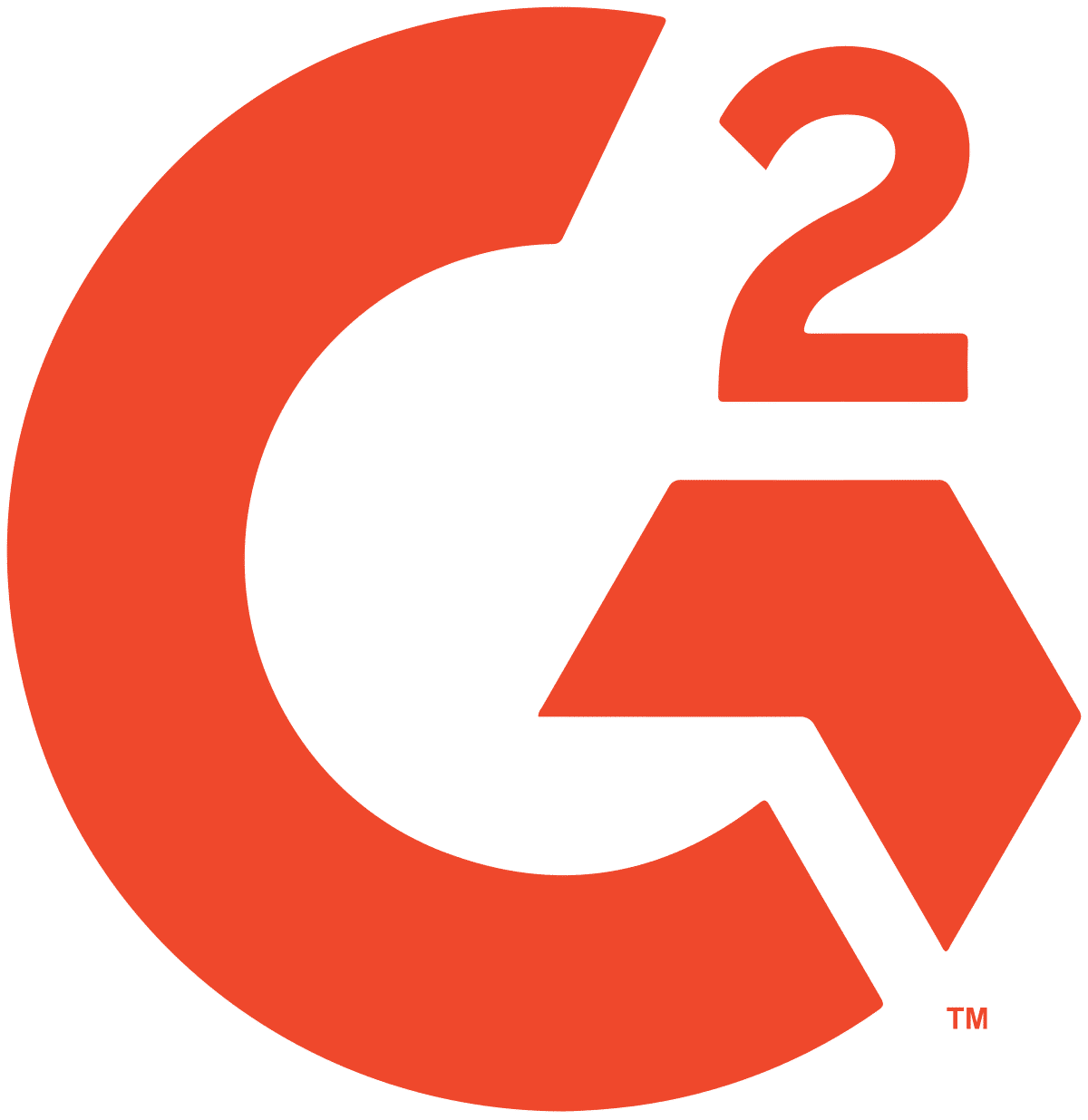Have you ever read a technical document that left you feeling confused and frustrated? The tone used in technical writing can often be dry and difficult to comprehend. But what if there was a solution to making technical writing more engaging and easier to understand? The problem is that many technical writers fail to use an appropriate tone that resonates with their audience. However, by implementing the use of proper tone, writers can not only capture the attention of their readers but also clarify complex concepts more effectively. In this article, we will explore the importance of the right tone in technical writing and provide tips on how to improve it.
1. Establishing a Professional Tone
When it comes to technical writing, establishing a professional tone is crucial. As a technical writer, your audience will expect you to communicate complex information in a way that’s clear, concise, and easy to understand. It’s important to consider who your readers are and what they need from your document. This means using language that they’re familiar with and avoiding technical jargon that they may not understand.
Another key aspect of technical writing is writing for clarity and efficiency. Your readers want information that’s easy to find and digest, so organize your writing in a way that makes sense. Use headings, subheadings, and bullet points to make your text more scannable. Additionally, precision is essential in technical writing. Make sure that every word is necessary and adds value to your message.
Crafting effective reports is another important aspect of technical writing, as these documents communicate important information about a business or project. When writing a report, consider your reader’s needs and what they need to know. Present information in a logical and easy-to-understand manner.
To write effectively, you should follow best practices for technical writing. Utilize available resources to enhance your skills and improve your writing style. Remember to write in an active voice and avoid using passive language. With these tips in mind, technical writing can become a valuable tool for businesses to communicate important information to their audiences. For more tips and best practices on improving your technical writing skills, visit:
Content Writing for Beginners: Tips & Tricks
2. Precision in Technical Writing
Technical writing is a form of communication in which the writer conveys complex information in a clear and precise manner to the intended audience. In order for technical writing to be effective, it must consider the needs of the reader and avoid using language that may be confusing or unfamiliar to them. Precision is key in technical writing, so it is important to use a concise writing style and to ensure that the message is conveyed efficiently.
When crafting technical reports, it is important to establish a professional tone and voice to ensure that the readers take the document seriously. The language used should be professional and business-like, while keeping the readers’ needs and backgrounds in mind. It is also important to consider the resources and information available to the writer in order to accurately and effectively present the message.
In conclusion, technical writing requires careful consideration of the audience, language, tone, and precision in order to effectively communicate information to readers. By following best practices and focusing on clarity and efficiency, technical writers can craft effective reports that meet the needs of their readers while conveying complex information in a clear and concise manner.
Establishing a professional tone in technical writing is crucial for clear and efficient communication of complex information. A writer should be courteous, sincere, and use an objective tone to convey ideas effectively.
Establishing a Professional Tone in Technical Writing
3. Writing for Clarity and Efficiency
When it comes to technical writing, clarity and efficiency are key. Your audience may be made up of readers who are experts in your field, or they may have little to no knowledge of the topic. Either way, it’s important to consider your reader when crafting your message. Use language that is appropriate for your audience, and avoid using jargon or technical terms that may confuse or alienate them.
In addition to considering your audience, it’s also important to be precise. Make sure that the information you include in your document is accurate, and double-check any facts or figures before you include them. Use resources available to you, such as style guides, to ensure that your writing is consistent and follows accepted conventions.
When writing technical reports, it’s important to craft them in a way that is effective and easy to understand. Start with a clear introduction that clearly states the purpose of the report. Then, use headings and subheadings to break up the information and make it easier to read. Finally, wrap up with a conclusion that summarizes the key points.
By following these best practices for technical writing, you can establish a professional tone and voice that will resonate with your readers. Always keep your audience in mind, and write in a way that is clear and efficient to ensure that your message is received loud and clear.
For more tips and insights on crafting effective technical writing, visit this link:
Content Writing for Beginners: Tips & Tricks
4. Crafting Effective Reports
Crafting Effective Reports is an essential skill in technical writing that can impact business communication. When writing reports, you need to consider your target audience and ensure that you structure the document to meet their specific needs. It is pivotal to use language that is easy to understand, avoiding jargon that readers may not be familiar with. Your tone and voice while writing should be professional, but not too formal, as this helps to establish a connection with your readers.
To write an effective report, you need to be precise in your writing. Include all the relevant information starting with a clear message that you want to communicate. Provide all the necessary resources and supporting data to back up your report. Always remember to communicate with your readers in a clear and efficient manner, using language that is tailored to their level of comprehension.
Finally, it is important to avoid making assumptions about the reader’s knowledge of the topic. Your report should be informative for all readers regardless of their technical background. By following these best practices for technical writing, crafting an effective report becomes easier, ensuring that the document meets the needs of its intended audience.
In order to effectively communicate ideas in technical writing, it is essential to adopt a clear tone that supports efficient communication. To achieve a tone that is confident, courteous, and sincere, it is crucial to utilize appropriate language and structure in your writing.
For more guidance on tone in technical writing, visit ThoughtCo – Technical Writing for valuable insights and tips.
5. Best Practices for Technical Writing
When it comes to technical writing, following best practices can make a big difference in the effectiveness of your message. One key aspect is understanding your audience. Consider who will be reading your document and what information they need to know. This will help you avoid using technical language that may confuse your readers. Instead, use a clear, concise writing style to get your message across.
Another important factor is establishing a professional tone. Your writing should convey a sense of professionalism and authority. This can be achieved by using appropriate language and style. Avoid using slang or informal language, and instead opt for a more formal tone. This will enhance the credibility of your message and make it more likely that readers will take you seriously.
Precision is also critical in technical writing. Your message should be clear and concise, leaving no room for confusion or ambiguity. Use strong, direct language to convey your ideas, and make sure you are using the right terminology. This will help your readers to understand your message clearly and effectively.
Crafting effective technical reports involves careful planning and execution. Consider the resources you have available, the purpose of the report, and the audience you are writing for. Your report should contain all the necessary information, presented in a logical and organized manner. Use headings, subheadings, and bullet points to help readers navigate and understand your report.
By following these best practices, you can create technical documents that are clear, concise, and effective. So, consider your message, your audience, your resources, and your tone to craft the perfect technical document..
Useful tips
- Tip 1: Define your tone early on – Decide on the tone and writing style depending on the audience. A technical manual for engineers would have a different tone compared to a user manual for non-technical people.
- Tip 2: Use simple language – Avoid complex and convoluted sentences that can confuse your audience. Use short sentences, bullet points, and clear language to convey information effectively.
- Tip 3: Be concise – Technical writing should be clear and to the point. Avoid using unnecessarily lengthy words and phrases that can bore and confuse your readers.
- Tip 4: Use active voice – Use active voice instead of passive voice. It is easier to understand and engages the reader. Active voice also enables the sentences to be shorter, clearer, and more direct.
- Tip 5: Edit your work – Read your work aloud to pick up errors, typos, and improve the flow of the document. Remember, technical writing is concise, clear, and easy to follow, so keep reviewing and editing the document until you achieve the desired outcome.
Other People asked
What is tone in technical writing and why is it important?
The tone in technical writing refers to the writer’s attitude toward the subject matter or the audience, and it has a significant impact on the reader’s perception of the information being presented. A positive tone can make the content more engaging, credible, and reader-friendly. On the other hand, a negative tone can make the reader feel disengaged and uninterested. It’s important to use an appropriate tone in technical writing because it affects the reader’s ability to understand and retain the information. By establishing a professional and conversational tone, technical writers can help readers feel more comfortable and confident in their understanding of the content.
What are some tips for maintaining a consistent tone in technical writing?
To maintain a consistent tone in technical writing, it’s important to first identify the purpose and audience of the content. This will help determine the appropriate level of formality or informality and help the writer tailor their tone to the reader’s needs. Additionally, using clear and concise language, avoiding jargon, and sticking to a consistent writing style can help establish a clear and consistent tone. Making sure to proofread and revise the content can also help ensure a consistent tone throughout the document. Lastly, having someone else review the content or reading it aloud can help identify any inconsistencies or areas that may require further refinement.
Why is it important to consider tone when writing technical instructions?
Considering tone when writing technical instructions is crucial because the wording and tone can significantly affect the reader’s ability to follow the instructions accurately. If the tone is too casual or lacks clear direction, the reader may not take the instructions seriously or may misunderstand what is being asked of them. Conversely, if the tone is too formal or admonishing, the reader may feel discouraged or overwhelmed. By using a tone that is professional, clear, and supportive, technical writers can help readers confidently navigate the instructions and achieve the desired outcome.
How can a writer use tone to make technical information more engaging for the reader?
A writer can use tone to make technical information more engaging by adopting a conversational style that is friendly but still professional. This can help the reader feel more comfortable and less intimidated by the subject matter. Additionally, using active voice, clear language, and examples can make the content more relatable and easier to understand. Breaking the content up into sections with clear headings can also help make technical information more digestible and reader-friendly. Lastly, injecting a little humor or personality, where appropriate, can help keep the reader engaged and interested.
What are some common mistakes to avoid when it comes to tone in technical writing?
Common mistakes to avoid when it comes to tone in technical writing include being too vague, overly formal, or too casual. It’s important to choose language and phrasing that is clear and specific to avoid confusion. Avoiding jargon or acronyms that may be unfamiliar to the reader can also help keep the content accessible to a wider audience. Additionally, using an overly formal tone that is too authoritative or dismissive can make the reader feel patronized or discouraged. Conversely, an overly casual tone that lacks professionalism or direction can make the reader feel unimportant or confused. A balanced, professional, and friendly tone can help build trust with the reader and encourage them to engage with the content.
Related Questions
Why is tone important in technical writing?
Tone is important in technical writing because it sets the overall mood and attitude the writer presents toward the subject matter. Whether the writing is formal or informal, the language and tone should be consistent to maintain clarity and convey important information effectively.
What are examples of tones in writing?
There are many different tones that writers can use in their writing. Some examples include formal, informal, conversational, professional, objective, subjective, enthusiastic, critical, and instructional tones. Each tone has its own purpose and is suited for different types of writing.
What is the style for technical writing?
Technical writing has a straightforward and concise style designed to convey information clearly and effectively. It includes a focus on accuracy, clarity, and precision, and employs industry-specific terminology and jargon that is easy to understand for its intended audience. Technical writing is generally informative, instructional, and aimed at solving a specific problem or answering a specific question.
Is technical writing based on objective tone?
Yes, technical writing is generally based on an objective tone. The purpose of technical writing is to clearly and accurately convey information, and an objective tone helps achieve this by avoiding personal bias or emotions. However, technical writing may occasionally include subjective elements, such as providing recommendations or expressing opinions on the best method to solve a problem.
Conclusion
In conclusion, understanding the tone for technical writing is crucial for effective communication in professional settings. The right tone can convey not only the message but also the intent behind it, ultimately increasing the chances of successful collaboration. In this article, we explored the various aspects of tone, including word choice, sentence structure, and audience consideration. We also looked at the importance of adapting tone to different situations and avoiding common pitfalls like ambiguity or sarcasm. Overall, the main learning of the article is that tone is a critical component of technical writing that requires careful attention and consideration.
















